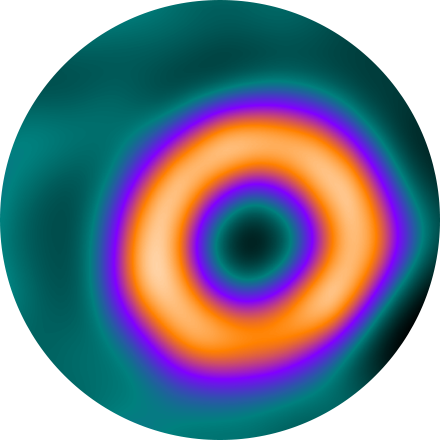
What is Nuclear Medicine?
Nuclear Medicine uses very small amounts of radioactive materials (also called radiopharmaceuticals) to diagnose and treat disease. Radiopharmaceuticals are substances that are attracted to specific organs, bones or soft tissues.
The radiopharmaceuticals used in Nuclear Medicine emit gamma rays that can be detected externally by special types of cameras. These cameras work in conjunction with computers to form images that provide data about the area of body being imaged.
While X-rays image the body’s anatomy, Nuclear Medicine shows actual organ function and physiology.
When is Nuclear Medicine used?
Nuclear Medicine uses radioactive materials to help diagnose a variety of diseases and disorders, and to assess how different parts of your body are functioning. Nuclear Medicine imaging can be used for many applications, including but not limited to thyroid disease, cardiac function, orthopedic injury and infection, blood clots in the lungs, liver and gall bladder function, and response to cancer treatment.
What happens during a Nuclear Medicine procedure?
During the procedure, you are given a low-level radioactive compound, called an isotope, which may be injected intravenously, inhaled or swallowed. The isotope accumulates in the organ being examined. Depending on the exam, your technologist may ask you to return later, sometimes many hours later or the following day, to give the isotope time to distribute to the area of concern in your body.
The organ to be examined will emit radiation continuously during the exam. This radiation is then detected by a special camera and subsequently processed through a computer. Patients typically do not experience side effects or allergic reactions since most of the compounds used in Nuclear Medicine are naturally-occurring substances in the body. The length of the exam varies, depending on type. You will be able to communicate with the technician during the procedure.
What are the benefits and risks?
Nuclear Medicine is non-invasive. It allows clinicians to get medical information that would not be available otherwise, or that would require surgical intervention. It is safe and painless, using very small doses of radioactive materials to diagnose and treat disease. The amount of radiation from a Nuclear Medicine procedure is often comparable to that received during a regular X-ray exam. Nuclear Medicine provides a valuable view of the structure and function of internal organs.













